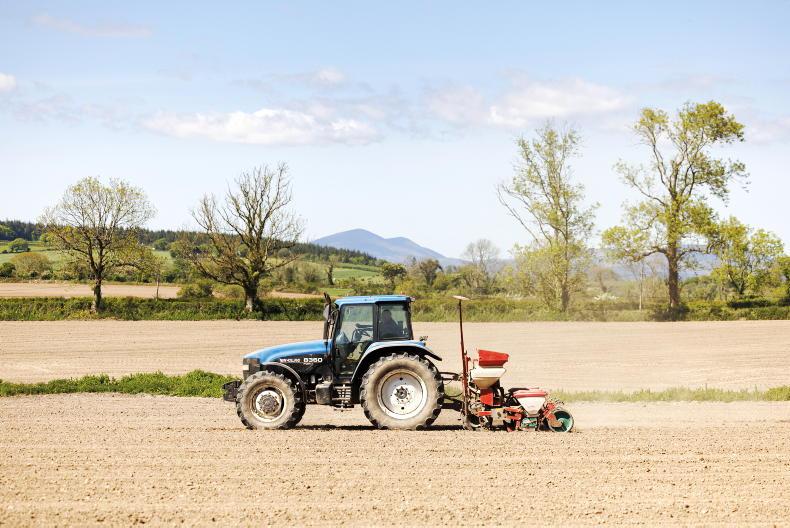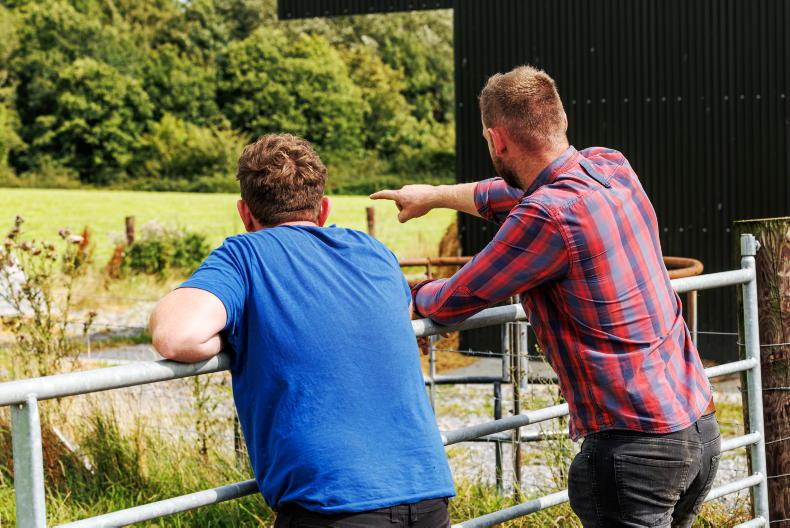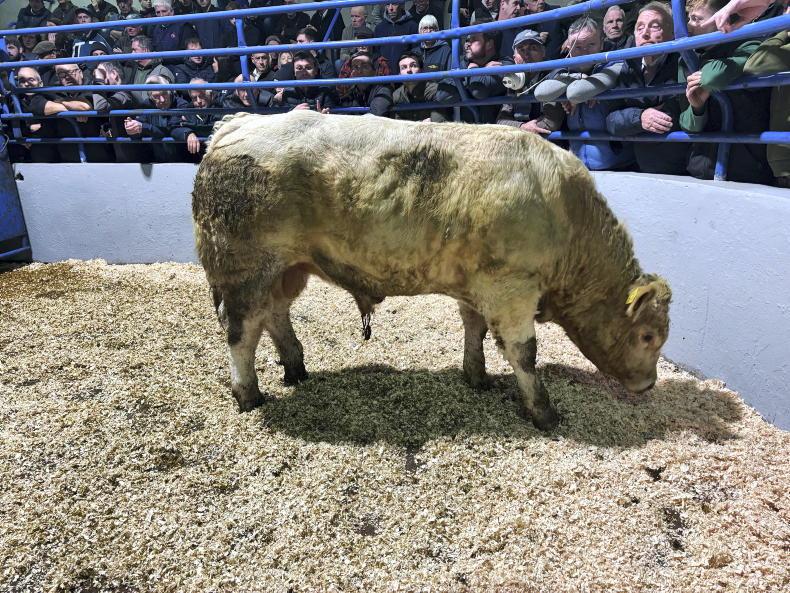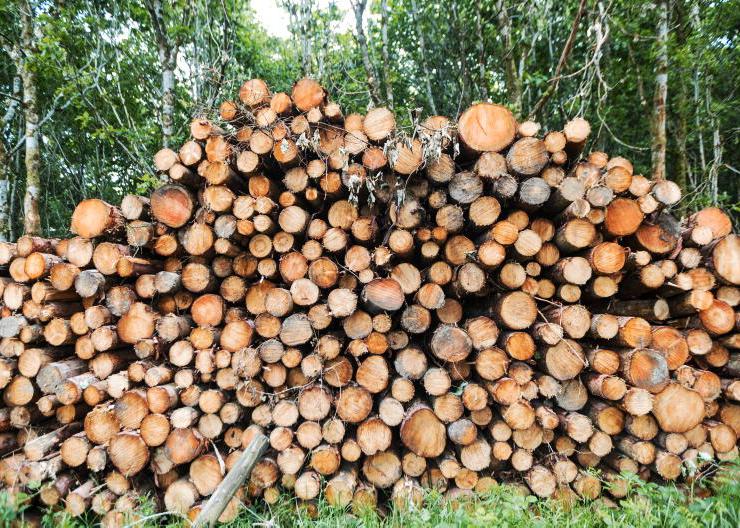It’s almost five years since sweeping changes were made to the income tax exemptions for the leasing of land on a long-term basis. The policy has had a profoundly positive effect on the transfer of land in Ireland. It has created opportunities for farmers who want to get land to farm and it has reduced the tax burden on landowners who don’t want to farm.
The use of the term “landowners” in the above sentence is deliberate. It is not just retiring farmers who can get the tax benefits from long-term leasing.
Changes to Revenue policy mean that long-term leasing is seen, more or less, in the same light as active farming.
This is important as it means that people inheriting farmland no longer need to farm it in order to reduce their exposure to capital acquisition tax or stamp duty. Nor do they need to have an agricultural qualification for same.
In terms of income tax, the exemptions are outlined in Table 1.
The rules state that the Basic Payment Scheme can be added to the lease value of the land and both are eligible for the tax exemptions. The standout figure is the maximum of €40,000 of an income tax exemption for leases of 15 years or more.
The exemption is applied on an individual basis, so in cases where the land in question is owned in joint or multiple names, then the exemption is applied to each person individually.
Therefore, a husband and wife whose land is in joint names could claim the €40,000 income tax exemption each so in theory could have €80,000 of tax-free income between them, provided it is a qualifying lease.
USC and PRSI still needs to be paid on rental income.
A qualifying lease is one that is for a duration of five years or more (the longer the lease the greater the income tax exemptions).

The relationship between the tenant and the landowner is also important when it comes to ensuring the lease qualifies for the exemptions. The tenant cannot be immediate family (grandparent/grandchild, parent/child, spouse/civil partner, etc).
A lease between an aunt/uncle and nephew/niece can qualify, but that lease might then make the tenant exempt from qualifying under the favourite nephew exemption in the case of a subsequent transfer of land between the parties.
A lease doesn’t qualify if it is between two parties that are in partnership with each other.
A qualifying lease can be formed between a company and a landowner but not if the company is under the control or part control of the landowner or someone connected to the landowner.
Non-farmer
There are two significant taxes that are liable when land is transferred. Both apply either to gifts when the donor is living or to inheritances after the donor has died.
The first is capital acquisition tax and the second is stamp duty. Capital acquisition tax is currently taxed at a rate of 33% on the value of the asset being transferred, beyond a certain threshold.
After Tuesday’s budget, stamp duty applies at a rate of 7.5% on the value of farmland being transferred.
Both of these taxes are reduced where the land is being transferred to an active farmer. In the case of capital acquisitions tax, agricultural relief is available which reduces the value of the asset by 90%, therefore only 10% of the market value of the property is liable to capital acquisition tax.
In many cases, the reduced value of the land is below the threshold for capital acquisition tax in the case of a parent-to-child transfer.
However, to qualify for agricultural relief, 80% of the assets of the person receiving the land must be considered agricultural in order to avail of the relief.
In relation to stamp duty, consanguinity relief reduces the stamp duty from 7.5% to 1% when the land is transferred to an active farmer.
Previously, to qualify as an active farmer the land had to be farmed by the person who received the relief for a period of at least six years from the date of transfer.
However, the policy has been changed and now a person who leases out land on a long-term basis (more than six years) is considered in the eyes of Revenue to be an active farmer.
At the end of the lease, a new lease can be agreed or the person to whom the land was transferred can decide to farm it themselves
This rule change is hugely significant as it reduces, depending on your outlook, the burden of inheriting land.
This is particularly true in cases where successors are not interested in farming, have other careers or are not living in the locality.
Both reliefs can be claimed where land that is already being leased out is transferred, provided that the lease continues as normal after the transfer.
At the end of the lease, a new lease can be agreed or the person to whom the land was transferred can decide to farm it themselves.
The effect of these incentives is that long-term leasing has become a very attractive proposition for many landowners
However, the land either has to be leased or farmed by the person who received it for at least six years after the transfer date.
The effect of these incentives is that long-term leasing has become a very attractive proposition for many landowners.
With the high rate of income tax at 40%, claiming the income tax exemption has a huge effect on the amount of free cash or disposable income available from entering into a lease in comparison to being taxed on the profits (if any) from farming.
Considerations
Leasing a farm is very different from farming it. How many farmers actually plan for their retirement? What are they going to do with their time? What will be their role and responsibility? I was speaking to a retired farmer this week who said that one of the biggest surprises he got when he retired was that the postman nearly stopped delivering letters.
He was no longer getting correspondence from the Department of Agriculture or invoices and statements from merchants.
He was also very selective in the person he recruited to lease the farm
The transition from being an integral part of the farm to being effectively sidelined can be a difficult adjustment.
In this case, the farmer got stuck into gardening and maintenance around the house. He was also very selective in the person he recruited to lease the farm.
Today, four years on from retirement, he lives an active life and is still involved in the farm but in a mentoring and supporting role with the younger person who is leasing the farm.
Successful
In New Zealand, the share-milking model has been successful in this regard as the landowner is still running a business, while not directly milking cows or managing a farm.
This model also shares the risks between the landowner and the person farming the land. In a leasing situation, the risk is nearly all on the person leasing the farm.
New Zealand doesn’t have the same tax incentives for leasing as we do in Ireland
Poor milk price, bad weather and the costs of any future environmental compliance measures are nearly always borne by the person taking on the land.
However, New Zealand doesn’t have the same tax incentives for leasing as we do in Ireland, hence leasing will continue to be the main way that young farmers will access extra land here.
With this in mind, landowners and those leasing land should endeavour to create win/win scenarios, which might not always involve getting the top price per acre for a lease.
Read more
Preparing for breeding on winter milk farms
Dairy management: dealing with the wet weather
It’s almost five years since sweeping changes were made to the income tax exemptions for the leasing of land on a long-term basis. The policy has had a profoundly positive effect on the transfer of land in Ireland. It has created opportunities for farmers who want to get land to farm and it has reduced the tax burden on landowners who don’t want to farm.
The use of the term “landowners” in the above sentence is deliberate. It is not just retiring farmers who can get the tax benefits from long-term leasing.
Changes to Revenue policy mean that long-term leasing is seen, more or less, in the same light as active farming.
This is important as it means that people inheriting farmland no longer need to farm it in order to reduce their exposure to capital acquisition tax or stamp duty. Nor do they need to have an agricultural qualification for same.
In terms of income tax, the exemptions are outlined in Table 1.
The rules state that the Basic Payment Scheme can be added to the lease value of the land and both are eligible for the tax exemptions. The standout figure is the maximum of €40,000 of an income tax exemption for leases of 15 years or more.
The exemption is applied on an individual basis, so in cases where the land in question is owned in joint or multiple names, then the exemption is applied to each person individually.
Therefore, a husband and wife whose land is in joint names could claim the €40,000 income tax exemption each so in theory could have €80,000 of tax-free income between them, provided it is a qualifying lease.
USC and PRSI still needs to be paid on rental income.
A qualifying lease is one that is for a duration of five years or more (the longer the lease the greater the income tax exemptions).

The relationship between the tenant and the landowner is also important when it comes to ensuring the lease qualifies for the exemptions. The tenant cannot be immediate family (grandparent/grandchild, parent/child, spouse/civil partner, etc).
A lease between an aunt/uncle and nephew/niece can qualify, but that lease might then make the tenant exempt from qualifying under the favourite nephew exemption in the case of a subsequent transfer of land between the parties.
A lease doesn’t qualify if it is between two parties that are in partnership with each other.
A qualifying lease can be formed between a company and a landowner but not if the company is under the control or part control of the landowner or someone connected to the landowner.
Non-farmer
There are two significant taxes that are liable when land is transferred. Both apply either to gifts when the donor is living or to inheritances after the donor has died.
The first is capital acquisition tax and the second is stamp duty. Capital acquisition tax is currently taxed at a rate of 33% on the value of the asset being transferred, beyond a certain threshold.
After Tuesday’s budget, stamp duty applies at a rate of 7.5% on the value of farmland being transferred.
Both of these taxes are reduced where the land is being transferred to an active farmer. In the case of capital acquisitions tax, agricultural relief is available which reduces the value of the asset by 90%, therefore only 10% of the market value of the property is liable to capital acquisition tax.
In many cases, the reduced value of the land is below the threshold for capital acquisition tax in the case of a parent-to-child transfer.
However, to qualify for agricultural relief, 80% of the assets of the person receiving the land must be considered agricultural in order to avail of the relief.
In relation to stamp duty, consanguinity relief reduces the stamp duty from 7.5% to 1% when the land is transferred to an active farmer.
Previously, to qualify as an active farmer the land had to be farmed by the person who received the relief for a period of at least six years from the date of transfer.
However, the policy has been changed and now a person who leases out land on a long-term basis (more than six years) is considered in the eyes of Revenue to be an active farmer.
At the end of the lease, a new lease can be agreed or the person to whom the land was transferred can decide to farm it themselves
This rule change is hugely significant as it reduces, depending on your outlook, the burden of inheriting land.
This is particularly true in cases where successors are not interested in farming, have other careers or are not living in the locality.
Both reliefs can be claimed where land that is already being leased out is transferred, provided that the lease continues as normal after the transfer.
At the end of the lease, a new lease can be agreed or the person to whom the land was transferred can decide to farm it themselves.
The effect of these incentives is that long-term leasing has become a very attractive proposition for many landowners
However, the land either has to be leased or farmed by the person who received it for at least six years after the transfer date.
The effect of these incentives is that long-term leasing has become a very attractive proposition for many landowners.
With the high rate of income tax at 40%, claiming the income tax exemption has a huge effect on the amount of free cash or disposable income available from entering into a lease in comparison to being taxed on the profits (if any) from farming.
Considerations
Leasing a farm is very different from farming it. How many farmers actually plan for their retirement? What are they going to do with their time? What will be their role and responsibility? I was speaking to a retired farmer this week who said that one of the biggest surprises he got when he retired was that the postman nearly stopped delivering letters.
He was no longer getting correspondence from the Department of Agriculture or invoices and statements from merchants.
He was also very selective in the person he recruited to lease the farm
The transition from being an integral part of the farm to being effectively sidelined can be a difficult adjustment.
In this case, the farmer got stuck into gardening and maintenance around the house. He was also very selective in the person he recruited to lease the farm.
Today, four years on from retirement, he lives an active life and is still involved in the farm but in a mentoring and supporting role with the younger person who is leasing the farm.
Successful
In New Zealand, the share-milking model has been successful in this regard as the landowner is still running a business, while not directly milking cows or managing a farm.
This model also shares the risks between the landowner and the person farming the land. In a leasing situation, the risk is nearly all on the person leasing the farm.
New Zealand doesn’t have the same tax incentives for leasing as we do in Ireland
Poor milk price, bad weather and the costs of any future environmental compliance measures are nearly always borne by the person taking on the land.
However, New Zealand doesn’t have the same tax incentives for leasing as we do in Ireland, hence leasing will continue to be the main way that young farmers will access extra land here.
With this in mind, landowners and those leasing land should endeavour to create win/win scenarios, which might not always involve getting the top price per acre for a lease.
Read more
Preparing for breeding on winter milk farms
Dairy management: dealing with the wet weather










SHARING OPTIONS